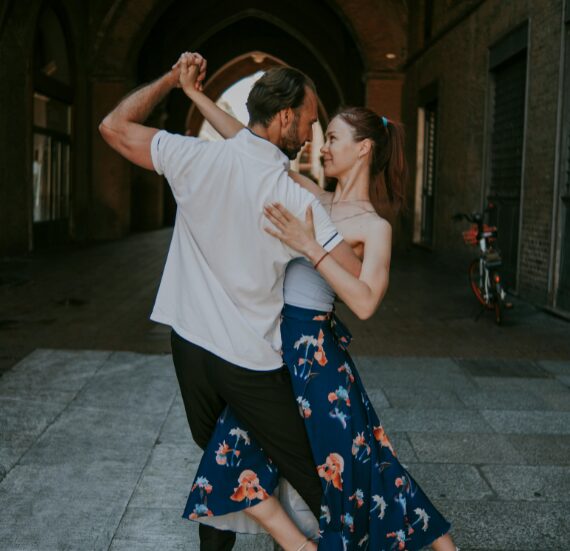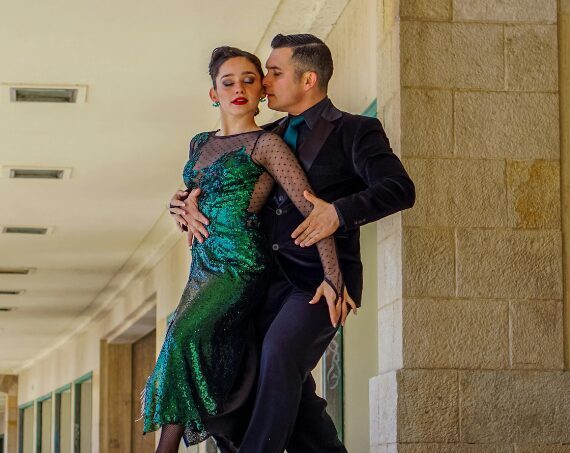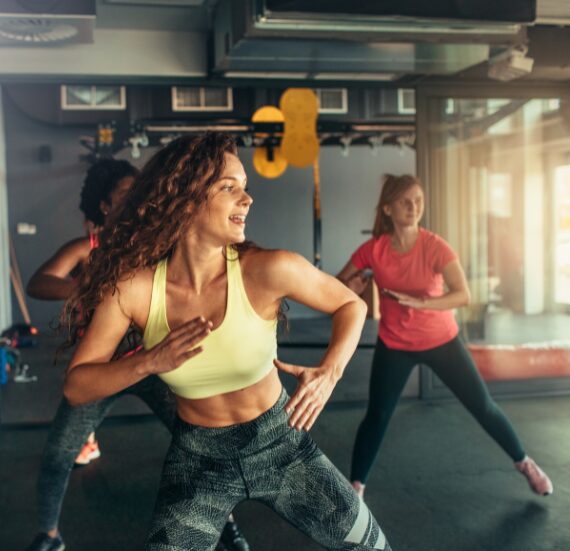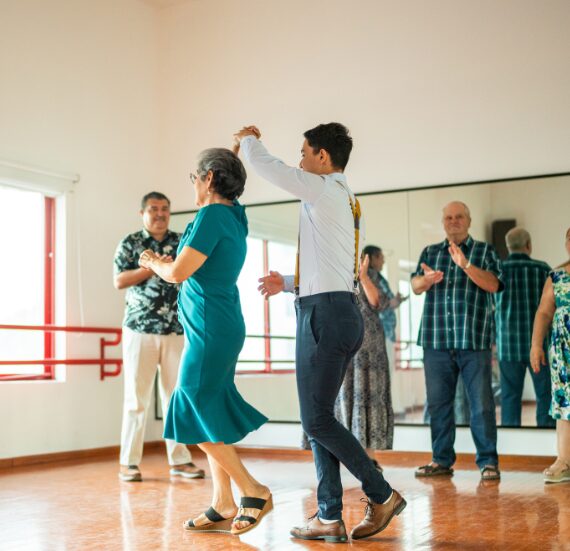Reputable dance studios are better than YouTube tutorials for anyone interested in learning how to dance due to several reasons. Students get expert, personalized feedback from qualified teachers in a structured learning environment and professional facilities that help in acquiring proper technique at every stage.
Apart from the usual benefits of dancing, dancers also gain motivation from peer interaction and routine, and enjoy a supportive community. While online videos can be useful resources to revise or gain fresh insights, they lack the physical presence and immediate correction necessary to prevent incorrect muscle memory and potential injury, especially for foundational skills.
Dancers have direct physical contact with instructors, and a dancing teacher can correct small mistakes on the spot. Instructors can spot alignment and timing errors and provide immediate feedback that helps dance students avoid common bad habits.
Students can ask questions during class and receive verbal cues and demonstrations instead of trying to learn by themselves, watching videos. This hands-on approach to teaching improves practice sessions immensely and helps students avoid common mistakes that occur while learning any dance form.


Qualified dance instructors at studios teach accurate movements, posture, and coordination to build strong technique. The right instruction delivered in person reduces the learning curve significantly and strengthens a dancer’s fundamental knowledge of various dance styles.
The dance instructors in Fred Astaire Dance Studio in Warren, NJ, combine their practical experience as professional dancers with formal dance education and advanced degrees. Their training methods for each dance course focus on teaching proper technique and providing the right feedback to beginners and intermediate students.
Expert instructors in a dance studio follow a structured syllabus or lesson plan that guides students through steps in a logical order. A planned curriculum can turn scattered practice into systematic development so students are able to learn new moves without any confusion.
Taking dance classes in a studio gives students a schedule and a path from the beginning basics to middle and advanced levels, so they know exactly how to progress.
The pace of an in-person dance class is expertly designed for effective learning and prevents students from rushing through or skipping the basics. Teachers set the right tempo for learning so students can master fundamentals accurately before attempting complex dance steps.
Attending daily or weekly classes and consistent attendance create a schedule that helps students build technique at a steady pace instead of relying on online classes at their own pace, which can slow down progress.
Reputable dance studios provide safe spaces to learn dance with sprung or floating floors that absorb impact and reduce the risk, especially when dancing with heels. Dance forms like Samba, Jive, Paso Doble, and Quickstep involve a lot of jumps and leaps, while Viennese Waltz and Bachata require intricate footwork. A proper dance floor lets students practice floor‑based acrobatics, fitness exercises, and partner work without the fear of harsh impact to their joints or bones.


Professional dance studios also offer enough space for students to develop spatial awareness and practice floor dynamics for social dances, performances, and competitions. They have large mirrors for students to observe their alignment, and advanced sound systems that bolster the role of music in dance.
Ballroom lessons in Fred Astaire Dance Studio are designed to teach timing, phrasing, and partner connection in a way that small home rooms and a computer setup cannot replicate. Our instructors often design class formats and lesson plans that prepare students for shows, auditions, and real‑world stages, something that is nearly impossible to achieve by watching YouTube tutorials at home.
Ballroom or Latin dances often require detailed partner work, group formations, and musicality that benefit from face‑to‑face communication. Instructors at a dance studio can demonstrate phrasing and cue musical accents live, and students can talk with teachers and fellow dancers to clarify their doubts. Scheduled classes also encourage students to attend and participate regularly, which leads to faster gains than occasional online practice at their own pace.
Reputable dance studios host events like recitals, showcases, and competitions that give students real stage experience. Performing at events builds confidence, teamwork skills, and the ability to recover from mistakes in front of an audience. These experiences matter for dancers of every age and level and encourage students to keep attending weekly sessions and even sign up for new classes to learn different dance forms.
Dancing in a group also creates an environment of healthy competition and peer support that inspires steady improvement. Students watch each other, offering tips and sharing progress, and that energy makes training more fun and effective. A studio environment helps students stay motivated and consistent with regular practice sessions.
Studios expose students to a network of fellow dancers, choreographers, and professionals. Students join a community where they exchange ideas, receive advice, and grow together. The social setting fosters friendships and connections that students crave in every session, which ensures regular practice and a steady learning pace.
One small adjustment in posture, weight shift, or torso twist early in a sequence can cascade into better alignment, cleaner lines, less tension, and more efficiency down the line. In a studio class, when you fix a subtle imbalance at move 3, it often clears errors at move 8 or 12, too. Online tutorials don’t let you catch those early micro-errors before they compound.
When students feel their body rather than just see it, they internalize better. In-studio instructors can cue internal sensations, such as “feel your sacrum lengthen,” or “sense your ribcage soften,” and gently push awareness. That accelerates proprioception, knowing your body’s position in space, which is almost impossible to cultivate by watching videos.
Regular in-studio classes create external anchors like time, space, or rituals that reinforce identity and habit formation. On the other hand, people often treat online tutorials as optional extras, and they often skip, procrastinate, or stop dancing because there’s no embodied ritual or external accountability.
Performing in the presence of others gives students a chance to recover in real time from mistakes; they stumble, correct, and re-enter. Those bouncebacks build resilience and stage presence. Video learners don’t face that pressure or chance to recover dynamically, which means they often freeze when things go wrong.
Without an external pacing guide, many students stagnate at an intermediate plateau and keep repeating the same videos without realizing they’ve stopped progressing. In a structured studio environment, instructors design toward periodic breakthroughs or level-ups that challenge students beyond their comfort zone.
When dancers move together in person, micro-timing anticipations or delays sync across the group. That shared rhythmic vibe teaches musicality beyond just following the beat. Students pick up on pulse, phrasing, and micro-accents more organically than by following a metronome in a video tutorial.
Whether you are a beginner looking for classes, a couple searching for engaging lessons or preparing for wedding dance lessons, or someone ready to join a supportive community, Fred Astaire Dance Studio in Warren, NJ, provides the in-person class experience that no online dance studio can match.
With expert guidance, structured training, and state-of-the-art facilities, you’ll discover why taking dance classes in a studio is the most effective and enjoyable path to success as a dancer.